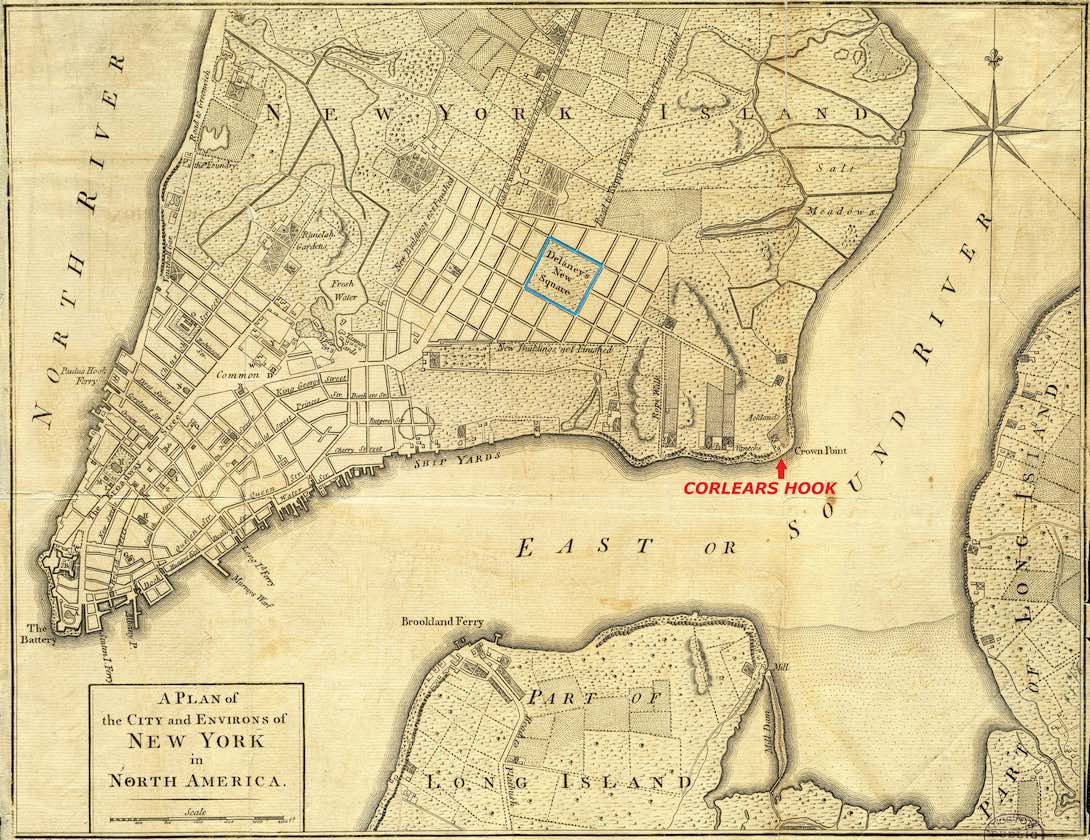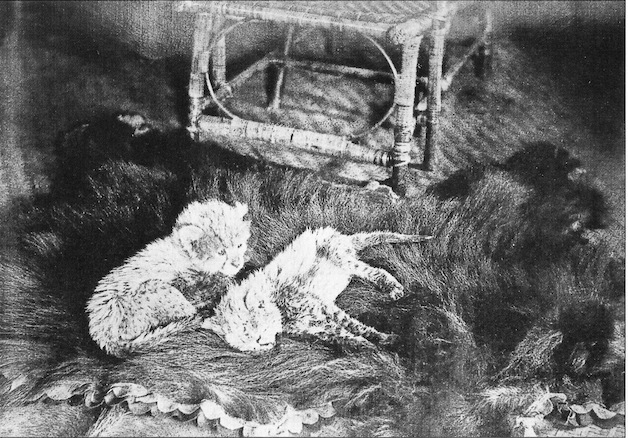Noise
I think the bluetooth speaker is a pox on our civilization. Random noise makes it hard for me to concentrate. I tried the obvious thing and created a passive-aggressive mathematical model, but that unexpectedly failed to make the problem go away. So I recently looked into technological solutions.
The most obvious ones are foam earplugs and noise-canceling headphones. But foam earplugs are designed to reduce damaging noise to safe levels, not to reduce moderate sounds to zero. And noise-canceling headphones are amazing for continuous noises (like the whoosh in an airplane) but can’t do much for intermittent noise.
After looking into it, I think there are two classes of solutions:
- Generate white noise, so that random noises have a low signal-to-noise ratio.
- Put lots of atoms between the source of the noise and your ears.
I recently found some great low-tech solutions in the second category. So here are two things you can buy and use:
 |
 |
Silicone putty earplugs. These are a soft moldable putty that you put in the outer part of your ear opening. These are much more comfortable than foam earplugs that go into the ear canal, and they block more noise.
Passive noise-blocking earmuffs. These are not electronic and cannot play music. They are just a bunch of material designed to block sound:
These work very well. If you want, you can use them both at the same time. The earplugs I bought claim to reduce noise by 22dB, while the headphones claim 31dB. Combined, that should theoretically give a reduction of 53dB, equivalent to eliminating 99.9995% of noise. Somehow, that seems unlikely, but I can verify that wearing them both together is very quiet.
They are also pretty cheap, something like $10 for the earplugs and $30 for the earmuffs, as compared to $300 for top-of-the-line noise-canceling headphones.
But there are a few downsides:
- The earmuffs look kind of weird.
- The headphones don’t play any music. You can get around that by putting earbuds inside the earmuffs. Or, you can buy (expensive) headphones that are designed for shooting or helicopters, with integrated speakers.
- Blocking all ambient sound might be dangerous if you’re crossing a busy street or something. The passive headphones for shooting/helicopters have a pass-through button to make the speakers actively reproduce ambient sounds.
- Wearing both the earmuffs and earplugs is maybe too quiet. When you delete all other sounds, you find your own heartbeat waiting for you there, inside your head, reminding you of your mortality.
In any case: Isn’t this whole problem a little strange? If I were building an AI and it complained about background noise, I would tell it to just “turn the noise off in software”. Why can’t we do that?
I guess it comes down to safety. At least in our evolutionary past, it was too risky to just turn all sound off, lest a hyena come and eat you. And it’s hard to filter out the important sounds from the irrelevant ones, so it can’t be fully handled by unconscious processing.
Indian Cheetahs
The Asiatic cheetah used to be very common in India. Here’s a photo from 1897:
These cheetahs were useful for hunting and came to be seen as a marker of status. The Mughal emperor Akbar (1556-1605) apparently kept a herd of more than a thousand.
But these cats would not breed in captivity. And anyway, they needed to be caught in the wild after they had learned hunting skills from their mothers. Thus, they were gradually hunted and captured to extinction, ending in around 1950.
This had surprising impacts. Without the cheetahs, Indian royalty suddenly didn’t care as much about having huge areas of undeveloped grassland to hunt in. This meant that most of that land was ultimately converted to farmland and controlled by individual farmers.
Today, the Asiatic cheetah exists only in Iran, where a total of around 100 survive. Since the 1970s, India has tried to obtain some of these for reintroduction. Early efforts were interrupted by the Iranian revolution in 1978. They tried again in 2009, but Iran was hesitant to give away any of their small number of cheetahs. They asked for India to provide some Asiatic lions in return, which India was not willing to do.
In any case, research suggests that creating a self-sustaining population would require importing 5-10 cheetahs a year for around 5-10 years. This is pretty much out of the question.
In 2010, Indian scientists proposed a more dramatic plan: If Iran was unwilling to provide some live cheetahs, perhaps they would allow the collection of some live cells from some cheetahs, which could eventually be used to reproduce the species. It’s not clear if this would work in theory, but it’s not very practical.
Instead, the current plan is to introduce the Southeast African cheetah, which several African countries are happy to export. (Kenya has offered since the 1980s.) This cheetah is not genetically identical to the Asiatic cheetah—recent research suggests they genetically separated 32k-67k years ago. However, it seems like the most feasible compromise.
The first transfer, to Kuno National park, could happen as early as this month (August 2022).
Fighting Joe
Have you heard of this guy?

This is Joseph Hooker. He lived from 1814 to 1879 and was a general for the Union in the American Civil War. The history books will tell you that he’s most famous for being totally defeated by Robert E. Lee at the Battle of Chancellorsville, despite having more than twice as many troops, allowing Lee to push his army into Pennsylvania.
But from The Rest is History Podcast I recently learned that he has another legacy. From the beginning of history until the 20th century, all Western armies depended on camp followers: Private individuals who would follow armies around and provide all sorts of services like food, laundry, liquor, etc.
During the Civil War, some generals were more tolerant of the camp followers than others. And Fighting Joe was one of the most tolerant. In particular he tolerated prostitutes, which came to be known as “Hooker’s Brigade”. Besides losing an important battle, Joseph Hooker was by all accounts widely disliked on account of his difficult personality (he resigned in protest during the war twice) and his reputation:
During the winter when Hooker was in command, I can say from personal knowledge and experience, that the headquarters of the Army of the Potomac was a place that no self-respecting man liked to go, and no decent woman could go. It was a combination of barroom and brothel.
Except, this legend is almost certainly false. Here’s an entry from p. 201 of John Bartlett’s 1859 Dictionary of Americanisms:

This was published two years before the Civil War started. Earlier references go back to as early as 1835, where a police report uses the term for a sex worker hanging around Corlears hook.

The term might ultimately descend from a British term for a thief who steals things by grabbing them with a (normal, physical) hook.
In fact, it’s speculated that causality works backwards. It’s the mistaken association that made the term popular. Many soldiers (especially from New York) would already have known the term, but it spread because they liked the subtle reference to Fighting Joe.
But then, if it’s the myth that made it popular, doesn’t that mean that the myth is, in some sense, true?





























